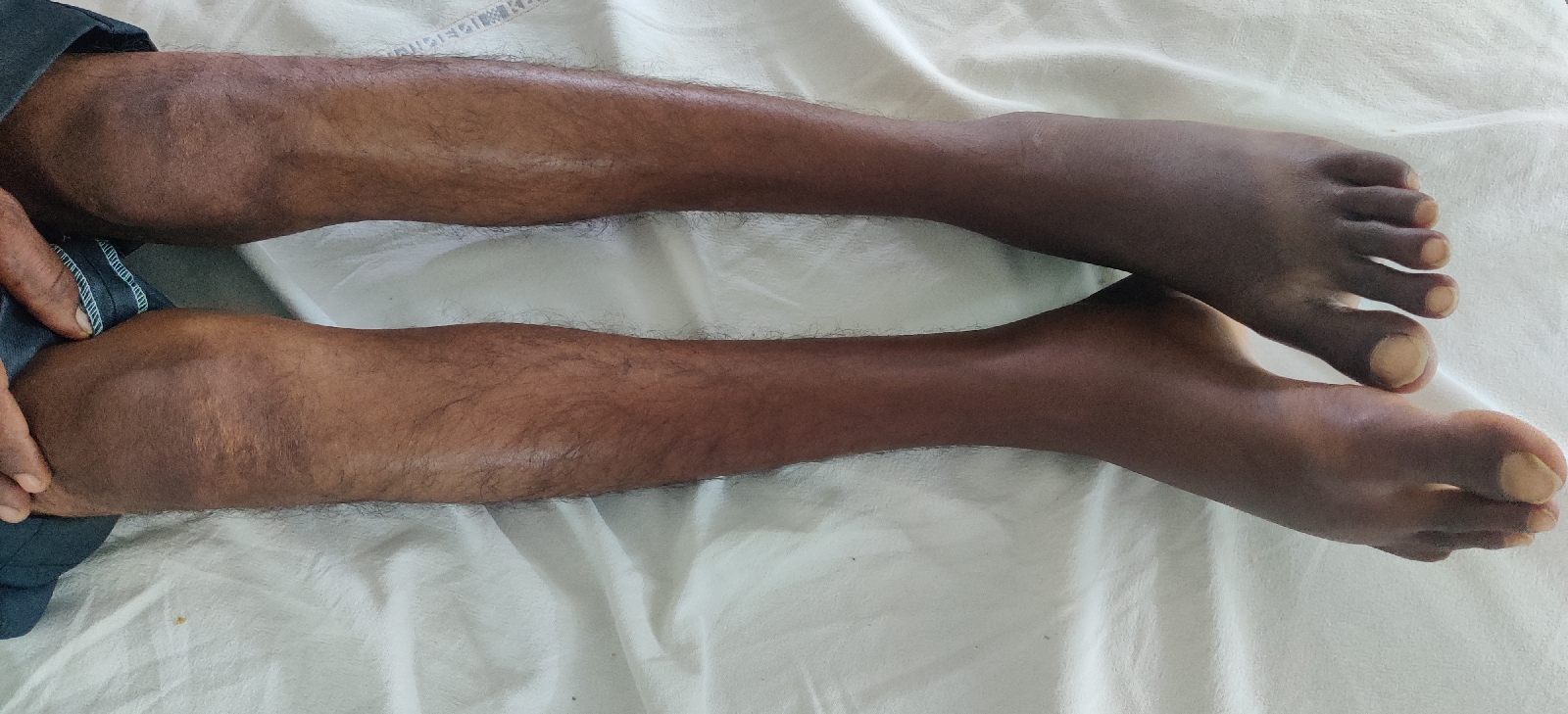GENERAL MEDICINE CASE 2
- Get link
- X
- Other Apps
"This is an online E log book to discuss our patient's de-identified health data shared after taking his/her/guardian's signed informed consent.
Here we discuss our individual patient's problems through series of inputs from available global online community of experts with an aim to solve those patient's clinical problems with collective current best evidence based inputs.
This E log book also reflects my patient-centered online learning portfolio and your valuable inputs on the comment box is welcome."
I have been given this case to solve in an attempt to understand the topic of "Patient Clinical Data Analysis" to develop my competency in reading and comprehending clinical data including history, clinical findings, investigations and diagnosis with a treatment plan.
●You can find the entire real patient clinical problem in the following link:
https://madhur116.blogspot.com/2020/05/on-1452020.html?m=1
Following is my analysis of the patient's problem. The problems in the order of priority I found are
- Shortness of breath since 2 weeks
- Fatigue since 2 weeks
- Pedal edema since 2 weeks
- Generalised weakness
- Fever
REASONS
Shorness of breath
Patient presented with shortness of breath which is acute in onset,
NYHA class 3 initially and class 2 after treatment.
Causes shortness of breath
.No history of cough ,cold and wheeze. This excludes respiratory cause of dyspnea
- No history of facial puffiness and oliguria.So there is no renal involvement.
- No history of chronic use of drugs such as NSAIDs, steroids.
- No history of muscle pain,muscle loss, tingling and numbness.This excludes neuromuscular involvement.
- Not a known case of diabetes mellitus
- History of fatigue and PND are present
PEDAL EDEMA :
•Pitting type
•progressive in nature
• extent up to knees
Causes
Bilateral pedal edema
- Gravitational.
- Venous insufficiency/thrombophlebitis.
- Drugs. NSAIDS. Birth control. Steroids.
- CHF.
- Lymphedema.
- Pretibial myxedema.
- Renal failure.
- Liver failure.
Based on the history and clinical examination it might be a cardiac related
In this case patient has fatigue, dyspnea, pedal edema which are cardinal features of HEART FAILURE
●Patient has features of both,so it must be CONGESTIVE CARDIAC FAILURE.
●Possible explanation is, left ventricular failure has lead to increase in pressures in left atrium which lead to increase in pressures in pulmonary veins and arteries leading to right heart failure.
●Next question that arises is whether it is systolic failure or diastolic failure?To know this 2D echo is performed.
Findings of 2D ECHO is:
- Ejection fraction -27% - which suggests it is systolic failure(heart failure due to reduced ejection fraction).
◆systolic heart failure (pumping problem) the inability of the heart to contract enough to provide blood flow forward
●causes problems with contraction and ejection of blood
●DIASTOLIC HEART FAILURE (filling problem) the inability of the left ventricle to relax normally, resulting in fluid backing up into the lungs Diastolic failure leads to problems with heart relaxation and filling with blood
Heart failure due to reduced ejection fraction
Causes of HFrEF
- Myocardial infraction
- valvular heart disease
- non ischemic dilated cardiomyopathy
Based on the history and clinical examination÷
- There is no history of chest pain
- There is no history of syncope
- There is no history of palpitations
◆My differential diagnosis is left with NON-ISCHEMIC DILATED CARDIOMYOPATHY and MITRAL REGURGITATION.
To know the exact cause, investigations that are performed is:
2D ECHO
- EF -27%
- global hypokinesia
- all chambers are dilated
- severe LV dysfunction
- severe MR
- trivial AR
- mild TR
- no MS/AS
- no pulmonary emboli and LV clots
- mild pulmonary artery hypertension
- IVC dilates not collapsing
As all the chambers are dilated MR and TR are also present.Based on the above findings,my diagnosis is NONISCHEMIC DILATED CARDIOMYOPATHY
What might be the etiology related to it???It could be inflammatory cardiomyopathy or alcohol induced dilated cardiomyopathy.
●Patient also has a history of fever with chills 1 month back. So I think there might be some infective cause of myocarditis. To know the exactly which organism is involved, following investigations can be done.
- ECG
- 2D ECHO
- Serum levels of troponin
- Creatinine phosphokinase fractions
- MRI
- Immunohistochemistry
- PCR
Since most common cause of myocarditis is due to viral etiology , I am of the opinion it might be VIRAL MYOCARDITIS
TREATMENT
Pharmacological treatment
- Tab.lasix 80mg...40mg...40mg
- Tab.hydralazine 25mg
- Tab.metformin 500mg po od
- Tab. Telma20mg
- Tab.isosorbide mononitrate10mg bd
Non pharmacological treatment
- reduce physical activity
- reduce salt intake
- fluid restriction
References
Wikipedia
Clinical manual Hutchison
Harrison's internal medicine
- Get link
- X
- Other Apps







